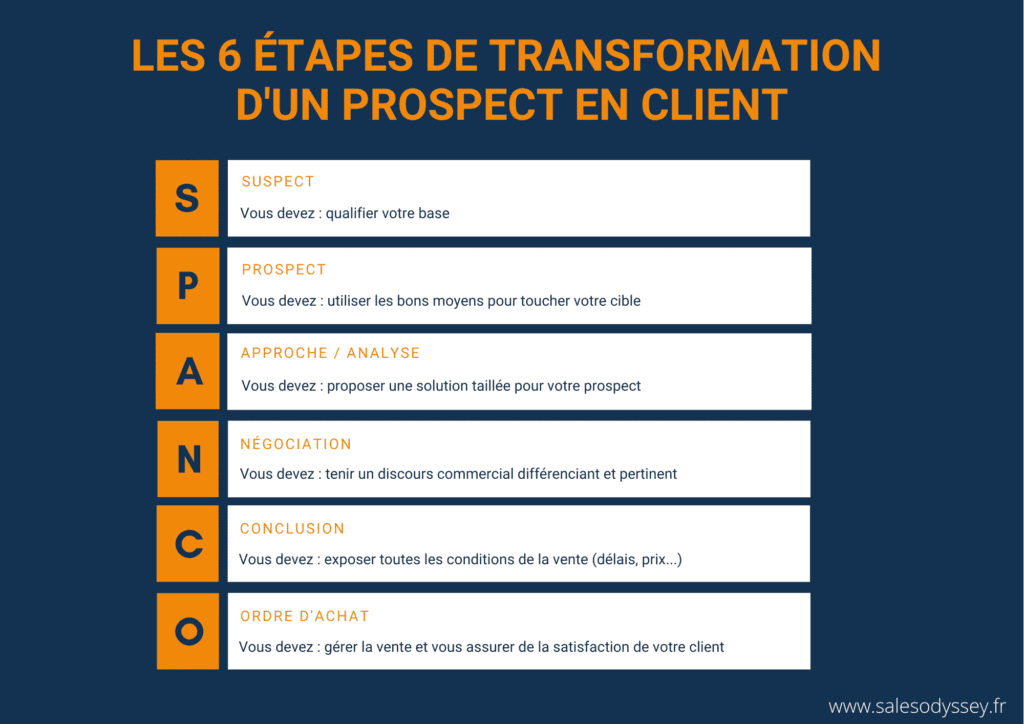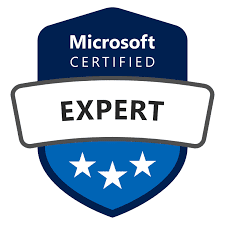Sales is the key that allows any organization to generate revenue . It involves multiple processes and organizations must always take initiatives to attract good quantities of sales .
That said, in the current situation, customers are adopting a completely different way of purchasing . They analyze what they want, the options, the prices, etc. They speak directly to sellers at the “conclusion and order” . Most of these operations take place on the Internet . Sellers therefore have very little control over the sales process .
Companies then track users online, check their level of interest (how many videos has this user watched), offer 360-degree campaigns (messages in ads on the web, on Facebook, etc.) and provide them with enough information to purchase .
As such, to boost its sales force, the XEROX gave its sales team a deadline to manage sales professionally and smoothly . To carry out its initiative, the company has developed a technique called SPANCO. The goal of this method is to help salespeople work more smoothly and appropriately.
The acronym SPANCO
SPANCO is actually an acronym for the six stages of a typical sales cycle that occur throughout the sales process. Concretely, this is:
- SUSPECT – Identify the target:
- PROSPECT – Determine the source of the lead
- APPROACH / EVALUATION – Assessment and certification of needs, as well as identification of solutions.
- NEGOTIATION – The process of negotiation.
- CONCLUSION – The order is complete.
- ORDER – Tracking customers or accounts, as well as orders and cross-selling.

Step 1: Suspect
This involves identifying the target and determining whether there is a real need for the service or product . Sellers must verify the actual feasibility of selling the product to the customer. They should check who the contact persons within the company and the financial capabilities of the company to provide the service , etc.
Step 2: Prospect
Here, salespeople need to identify sales leads and examine the chances of converting these leads into a long-term relationship with the customer. Sales professionals must determine whether it is better to sell the product or move on to the next prospect .
Step 3 – Approach and evaluation
This is the stage where the seller must analyze the product to be sold to the customer , whether it is a high-end product or a no-frills version of the product. The seller must contact the purchasing department, with the assistance of the company's human resources
Step 4 – Negotiate
During this stage, haggling begins over the various aspects such as features, price, etc. The seller must also evaluate their own profit margin and determine which product would help the customer. He must therefore be aware of the competition's products at this stage. By showing the customer the total life cycle cost, for example, the importance of price can be reduced in the customer's mind.
Step 5 – Conclude
The order is finalized and all negotiations are complete at this point. The seller must explain to the customer the general conditions of the agreement . When the client's consent is obtained, the agreement is complete.
Step 6 – Purchase Order
The order is delivered to the customer in accordance with the payment terms. The feedback form is requested from the customer in order to evaluate whether their expectations have been met or not. The purchasing department may also contact the customer in the event of repeat orders .
As you can see, this is a way to define the sales funnel and align activities to keep it healthy.
Note that Magileads allows you to automate your prospecting by following the same process. With Magileads, your marketers generate qualified leads that your salespeople convert into customers.



